Around 16,000 Hindu devotees carried their Paal Kudam (pots of milk as offerings) or Kavadis (ornate structures that symbolise burden) in Singapore to mark the annual rite of Thaipusam, the sacred Hindu Thanksgiving Festival on Feb. 11.
From 11:30 pm on Feb. 10, batches of devotees set off from Sri Srinivasa Perumal Temple and started a 3.2-kilometer barefoot walk to Sri Thendayuthapani Temple, together with friends and relatives chanting hymns and prayers to support them along the way.
“Thaipusam is celebrated on the first full moon in the Tamil month of Thai, dedicated to the Hindu god Lord Murugan, who is the deity of courage, power, and virtue," said Edwin Tong, Minister for Culture, Community, and Youth, in his post on Facebook.
Karthi Keyan, 24, a chef in an Indian restaurant, pierced his tongue, chest, and back with several rods as part of his Kavadi to express thanks to God.
“I carry Kavadi to redeem a vow to god," he said. “I asked God to let me work in Singapore, and he gave it to me last year.”
The Kavadi means “burden” in Hindu, elaborate metal structures adorned with spikes or hooks used to pierce the bodies symbolise "sacrifice at every step" and are borne as a vow to Murugan or as an act of gratitude.
“When the Kavadi stings, there is pain, and after that, the pain is not known by God’s grace,” Keyan said.
“It is very severe, and we have to bear the pain, leaving the burden on God,” he added.
To prepare for the Thaipusam, devotees must be spiritually prepared and lead a life of abstinence, including a strict vegetarian diet for at least one month, according to the National Library Board of Singapore.
Rajkirren, 31, had vegan meals cooked by his wife for the 21 days leading up to the festival.
"I slept on the floor and away from luxuries,” he said. “I had to control my emotions, which was the hardest part.”
In addition, many devotees carry milk pots and eventually pour the milk over the statue of Lord Murugan at Sri Thendayuthapani Temple as a symbol of gratitude.
On the way of the procession, devotees play traditional instruments along with singing and dancing to encourage Kavadis and relieve the physical pain they suffered.
There are also voluntary booths along the roads, delivering drinks and food to devotees.
At about 7 pm on Feb. 11, the last group of devotees’ arrived at Sri Thendayuthapani Temple, marking the ceremony's end.
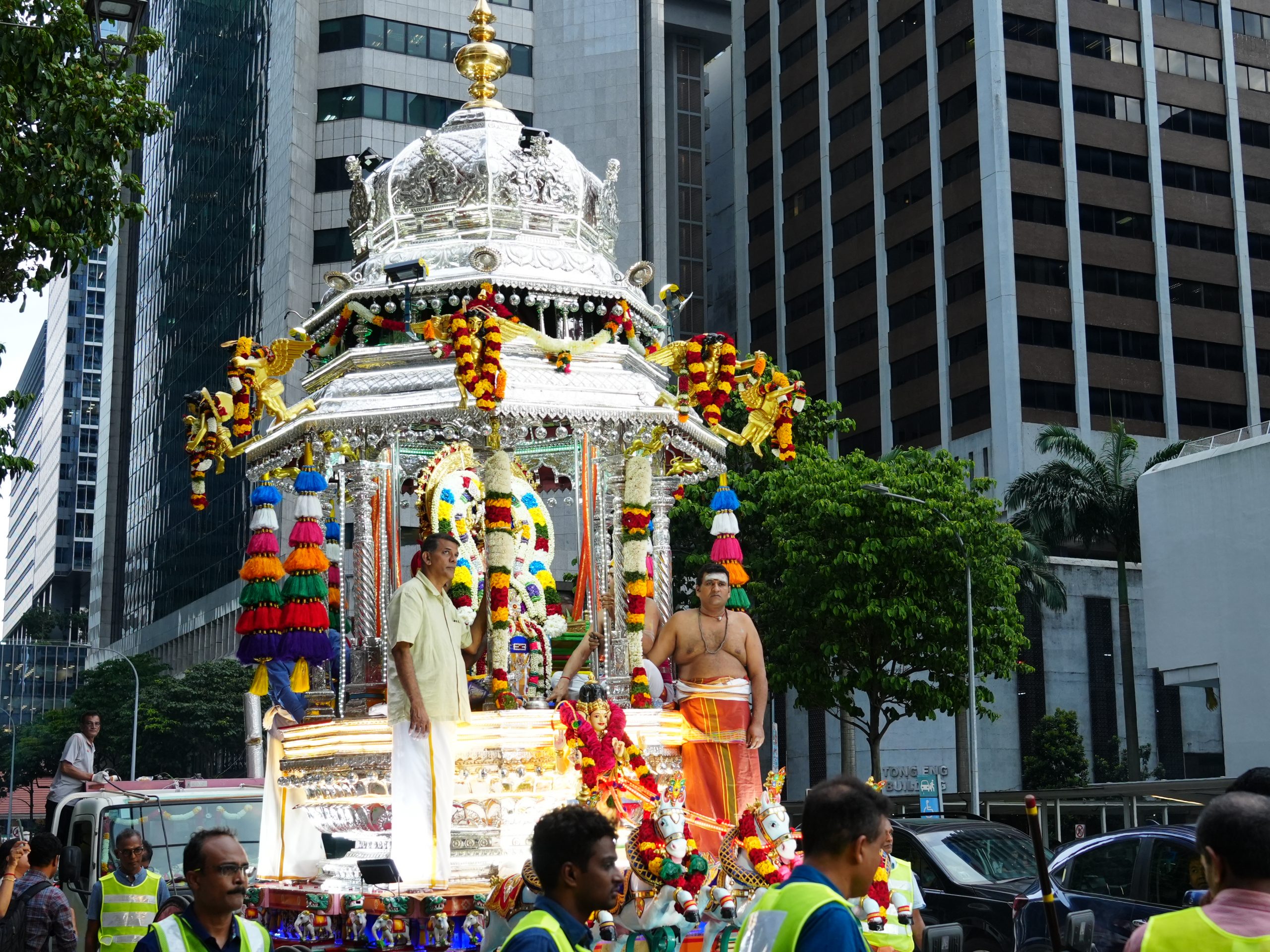
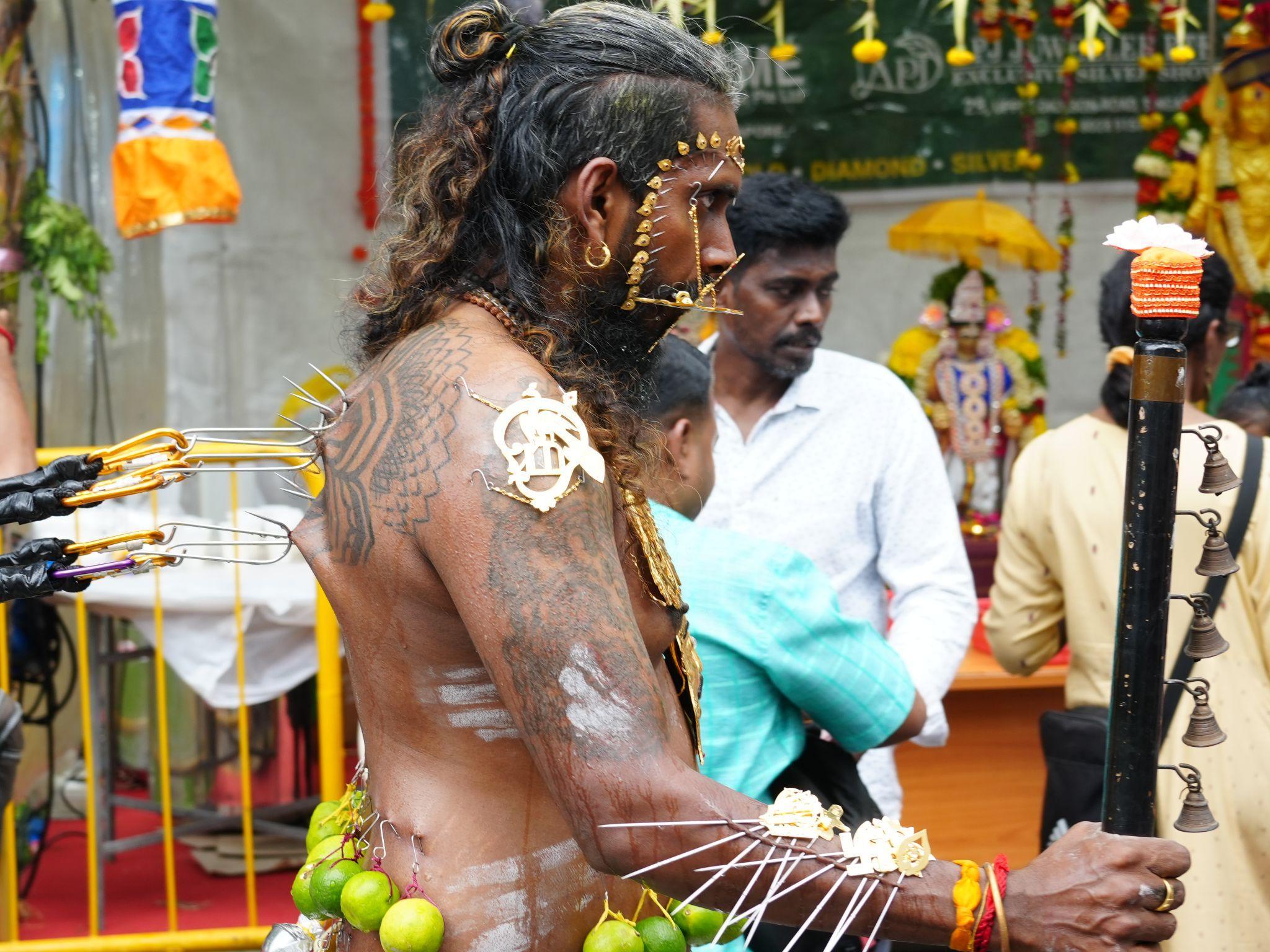

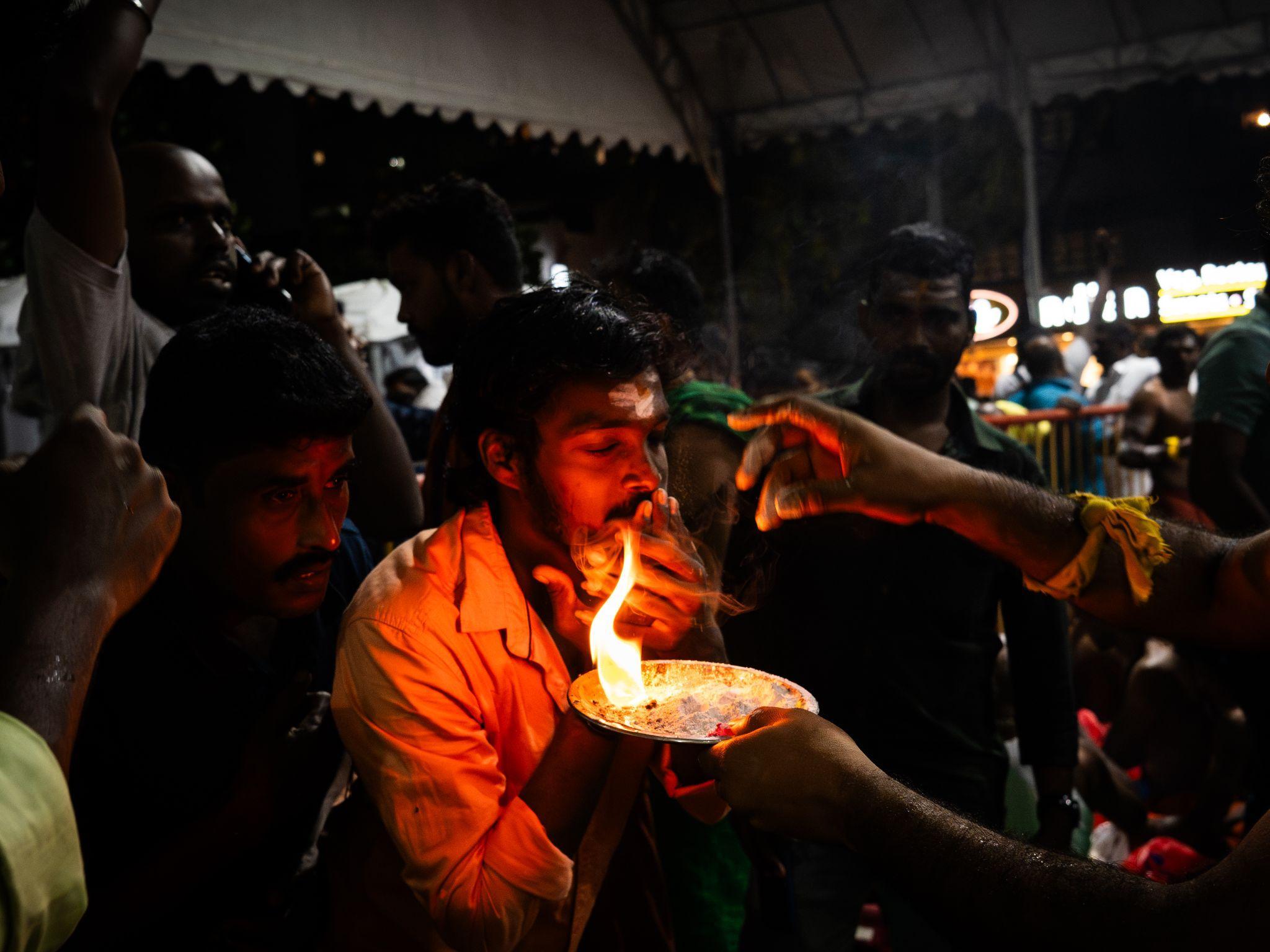
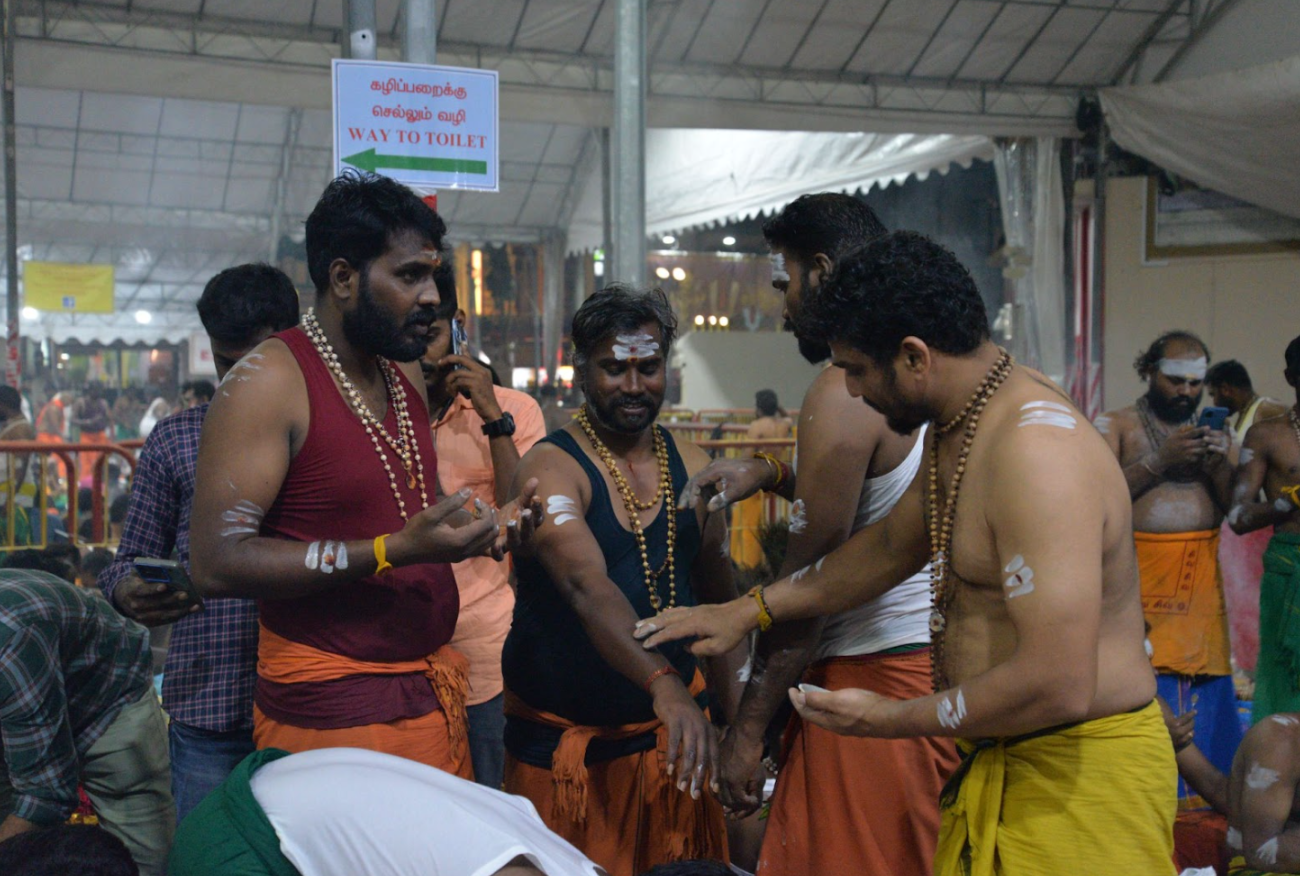

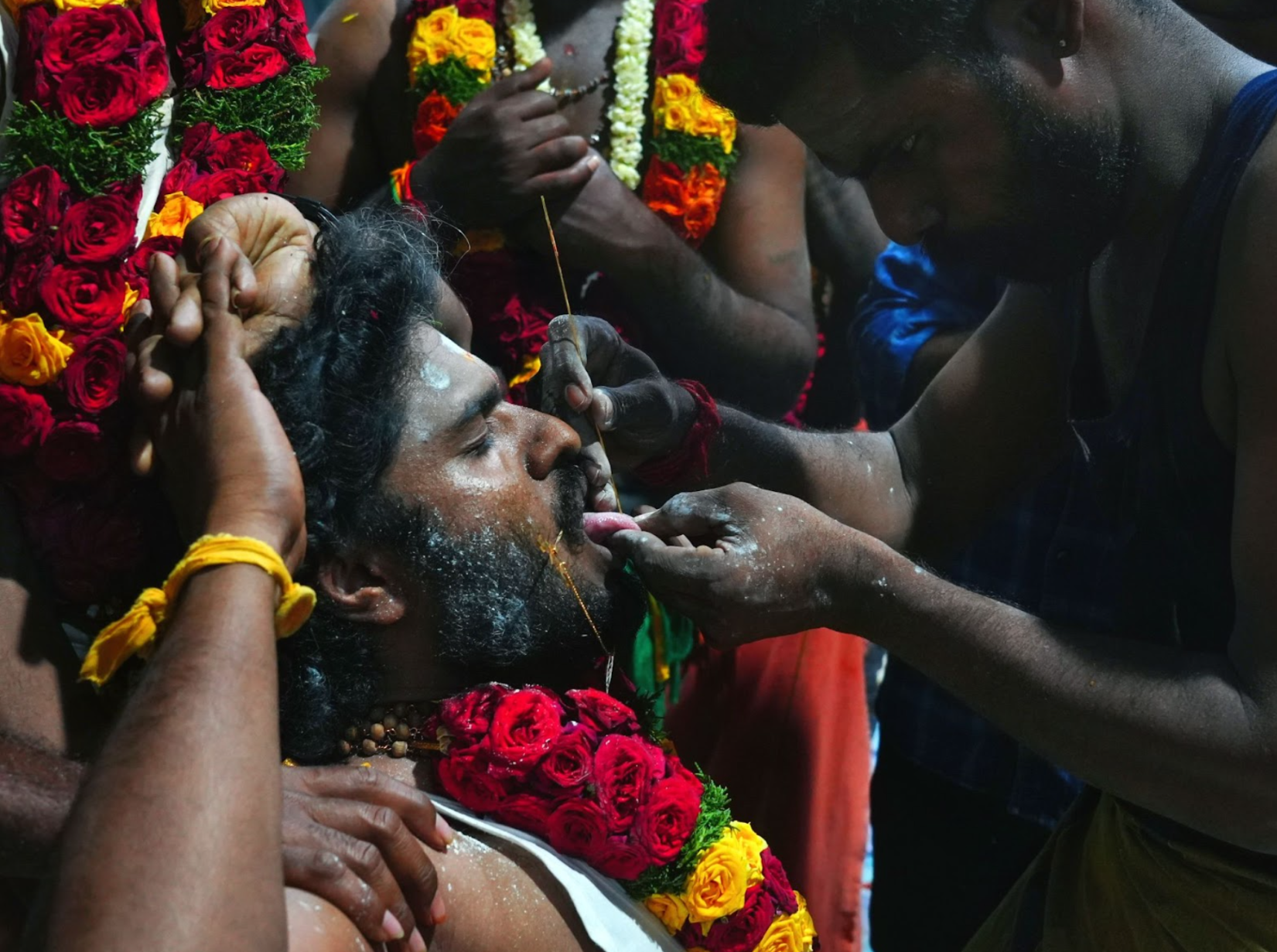

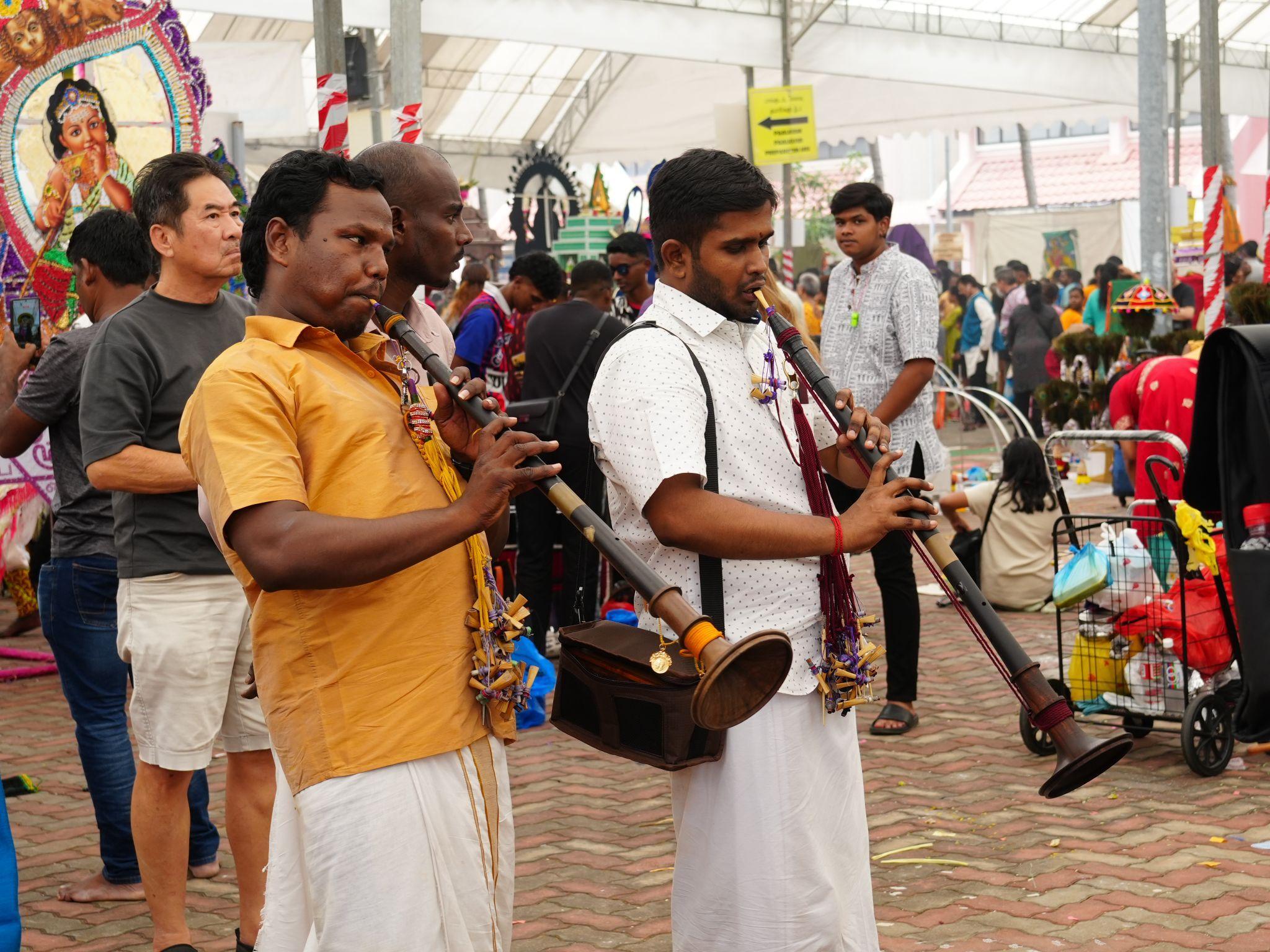
Srinivasa Perumal Temple preparation area to help bearers relieve their pain.


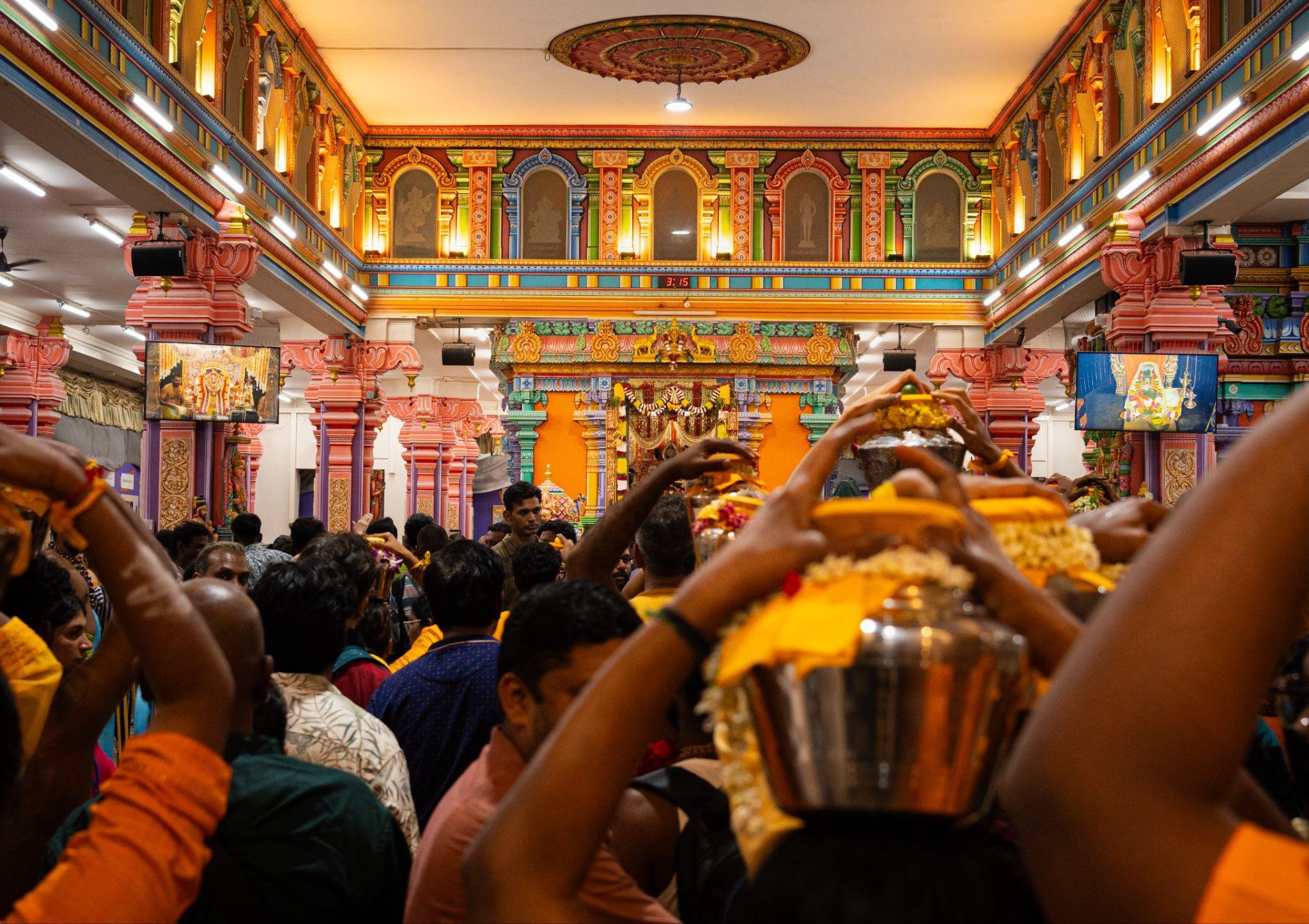


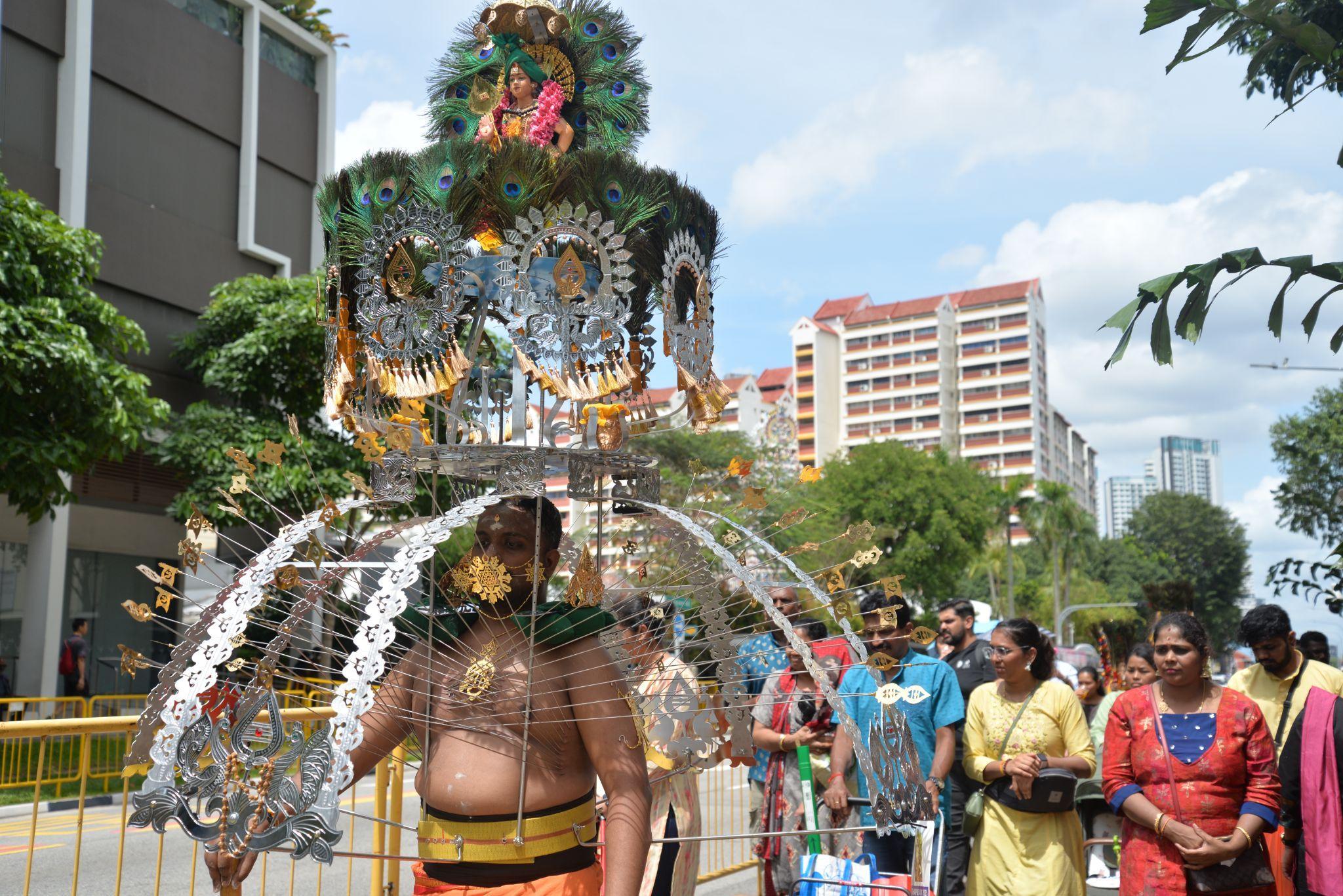
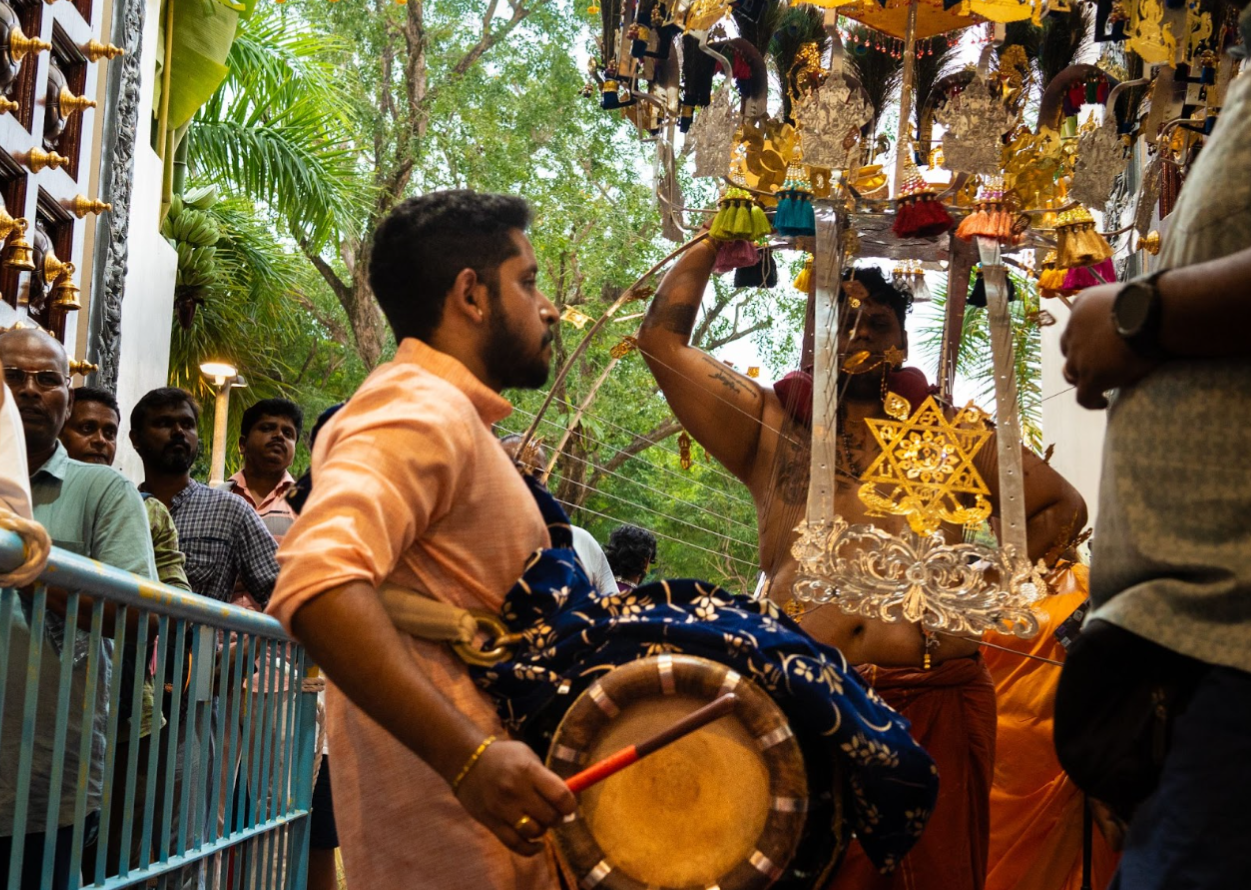
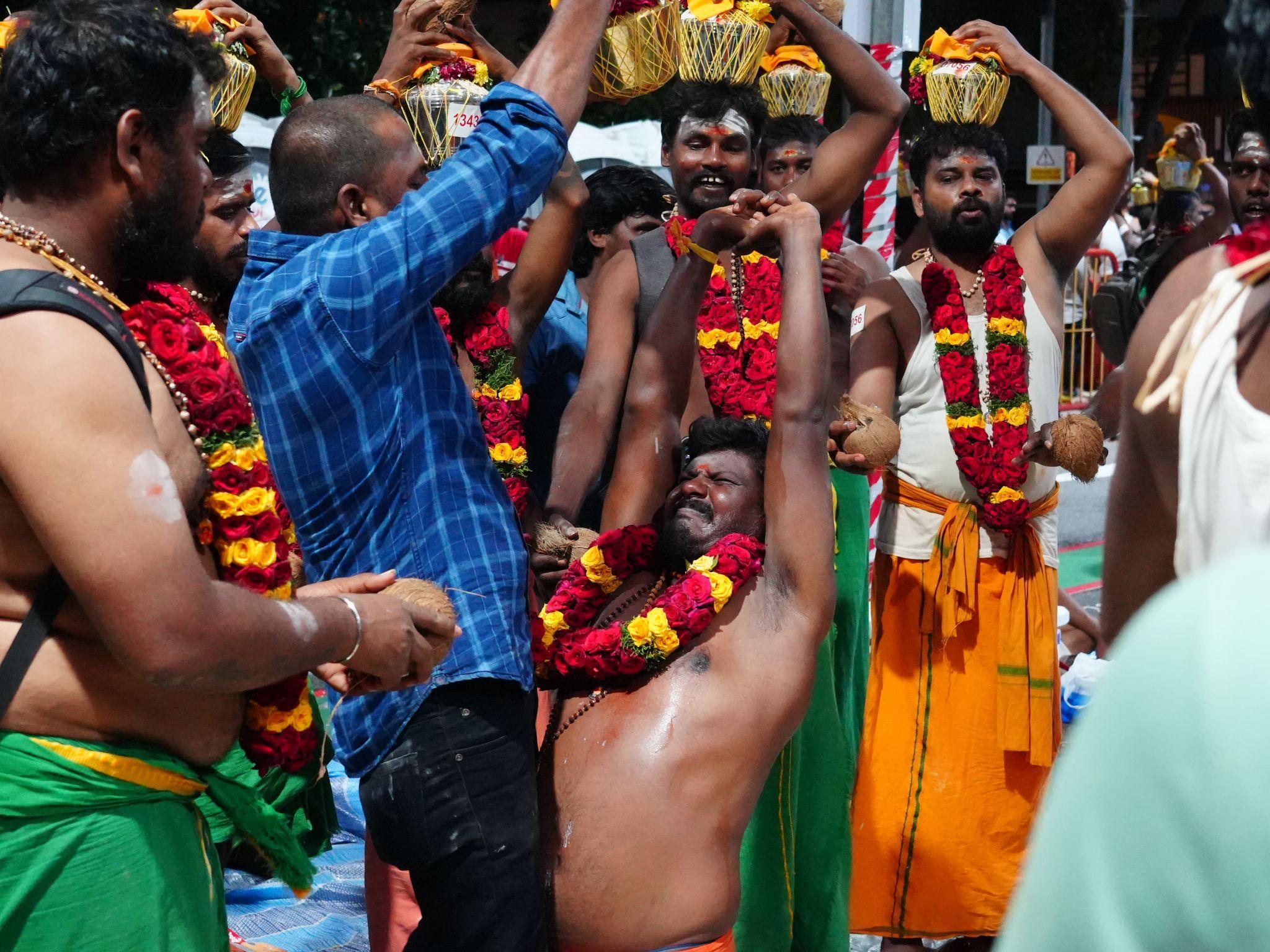
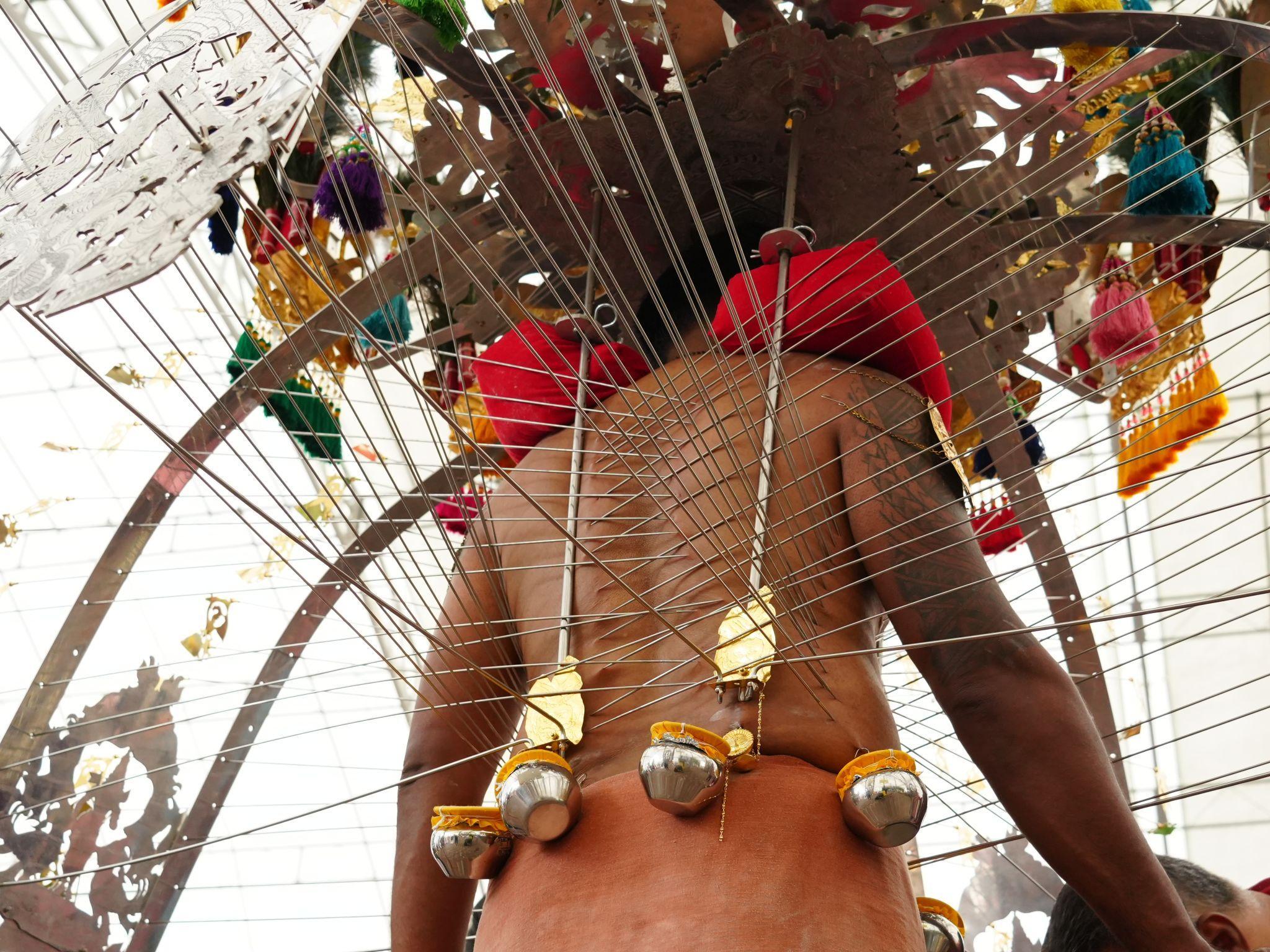
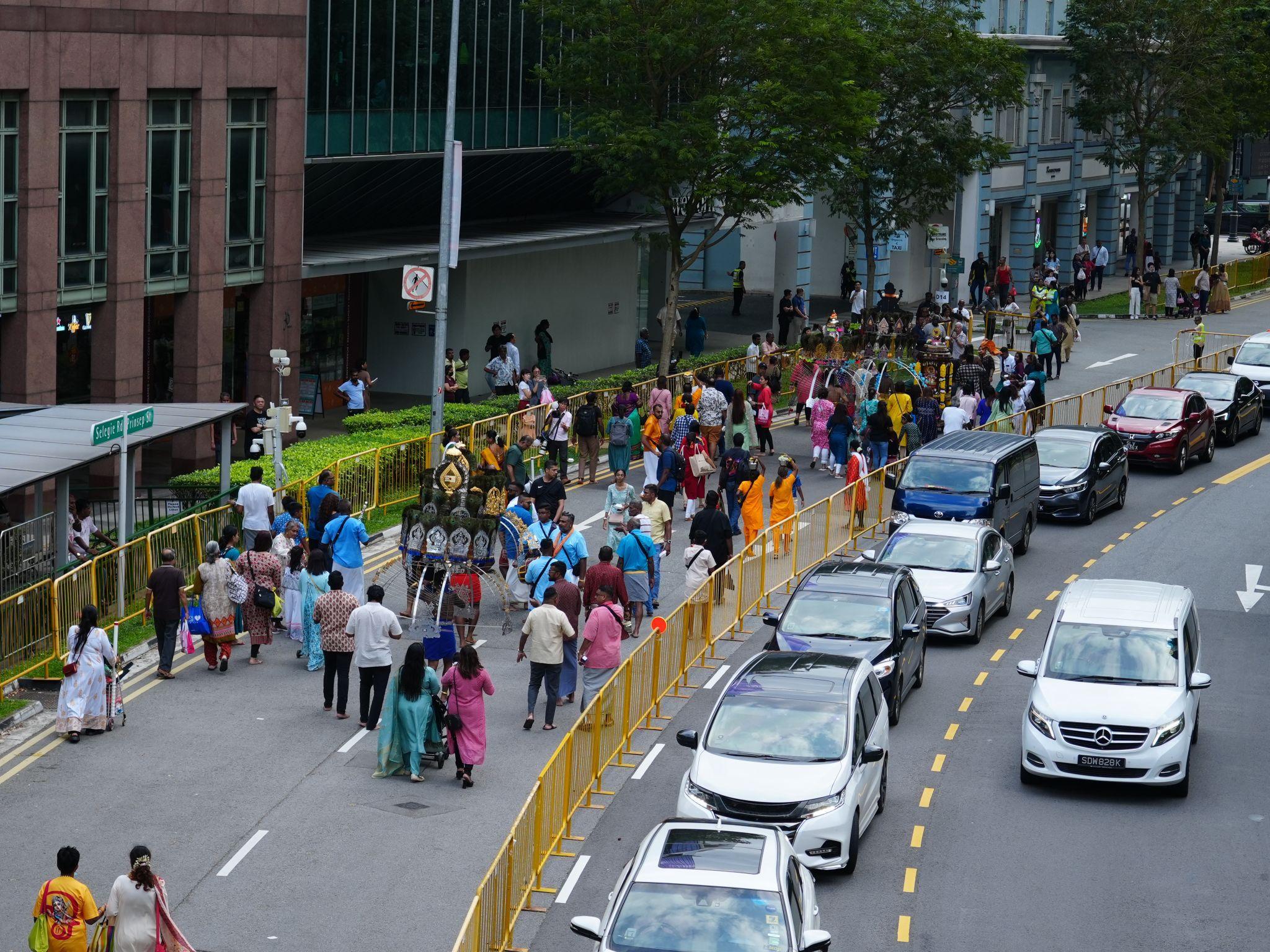
《The Young Reporter》
The Young Reporter (TYR) started as a newspaper in 1969. Today, it is published across multiple media platforms and updated constantly to bring the latest news and analyses to its readers.

More pedestrian-oriented elements appear on the roads

Flowers bloom on Valentine’s Day, but not the sales


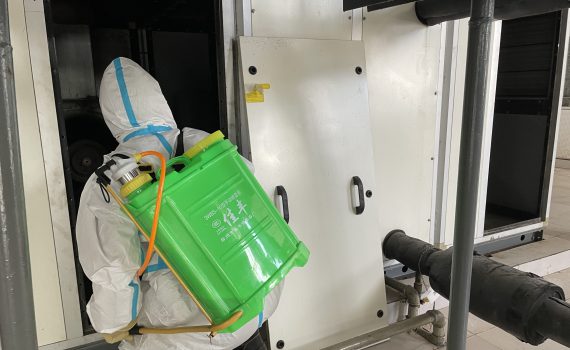

Comments